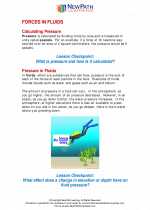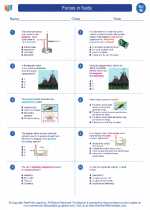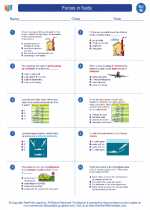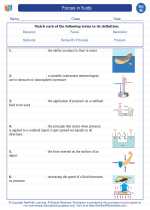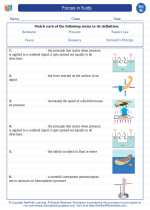Geologic Events
During the Neogene period, the Earth experienced major geologic events such as the uplifting of mountain ranges, the formation of new landmasses, and the opening of the Bering Strait, which allowed for the exchange of flora and fauna between North America and Asia.Climate Change
The Neogene witnessed a gradual cooling trend, with the climate becoming drier and more variable. This led to the spread of grasslands and the decline of forests in many regions. The fluctuating climate also influenced the evolution of various plant and animal species.Evolution and Biodiversity
The Neogene saw the diversification of mammals, birds, and flowering plants. Many modern groups of animals and plants that we recognize today emerged and evolved during this period. Notable examples include the rise of early hominids and the appearance of new species of whales and marine mammals.Study Guide
To study the Neogene period, consider the following topics:- Geologic Events: Research the tectonic activities and landform changes that occurred during the Neogene.
- Climate Change: Investigate the causes and consequences of the cooling trend and its impact on ecosystems.
- Evolution and Biodiversity: Explore the evolutionary pathways of key plant and animal groups during the Neogene.
- Human Evolution: Examine the fossil record and the emergence of early humans during this period.
- Impact on Modern Ecosystems: Analyze how the changes in climate and biodiversity during the Neogene have influenced present-day ecosystems.
